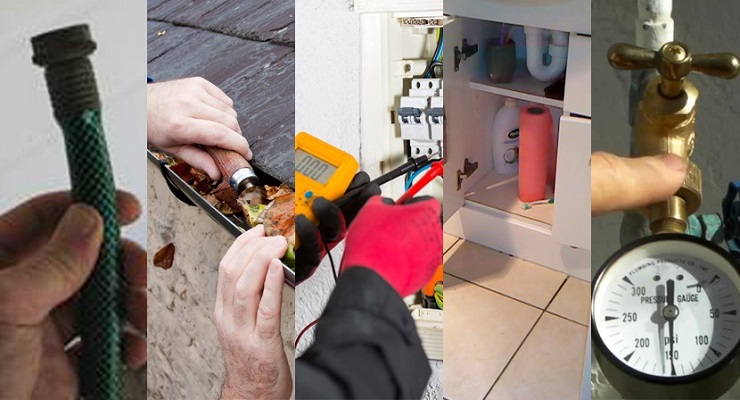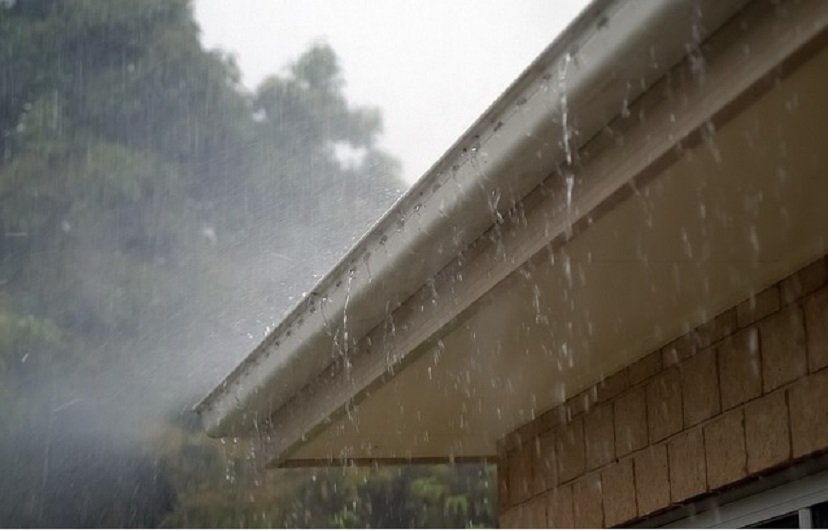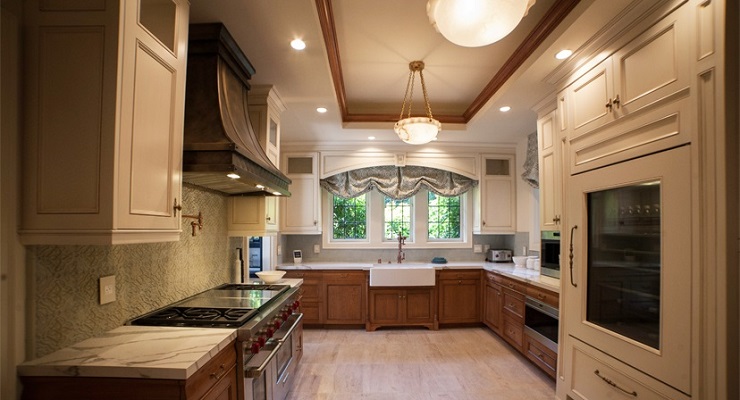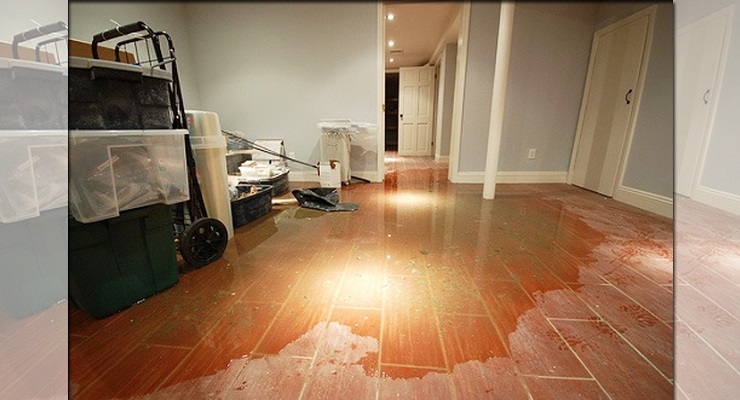When it rains, it is the roof’s job to keep moisture out of the home. If the roof is old or it has not been properly maintained, however, it may not be able to keep rain out. In some cases, the roof may look as good as new, but the homeowner may still find water seeping inside. To keep this from happening, it is important that homeowners understand how water can get in and what to look for in order to prevent potential flooding issues in the future.
There are several reasons why a roof may leak. Some are obvious like simply having an old roof, missing shingles, or damaged tiles and some are not so obvious like metal flashings, cracked caulking, or gutter issues.
Flashings consist of pieces of sheet metal that are interwoven into the shingles. They keep the roof covered where the shingles may not reach, especially right up against chimneys, skylights, and roof vents.
In some cases, the flashing may not be installed correctly, allowing water to seep underneath the sheet metal and down into the attic. If the gaps between the shingles and the flashing are large enough, water can potentially pour through this area and down into the living space during major rainstorms.
Damaged or missing shingles can also cause flooding. It is generally recommended that homeowners have their trusted roofers inspect their roofs at least once every couple of years. In the meantime, however, homeowners should be able to identify damaged or missing shingles. If shingles are missing, this can essentially mean a gaping hole exists in the roof.
Finally, a gutter system could also lead to flooding. The gutters are responsible for directing water away from the home’s foundation. If the gutters are full of leaves it may cause water to backup and seep into the house. Gutter guards that prevent leaves from going into the gutter are readily available.
For more help contact J.B. Wholesale Roofing and Building. They are located at 1095 S Fair Oaks Ave, Pasadena, and you can call them at (626) 799-0440 for more information.












